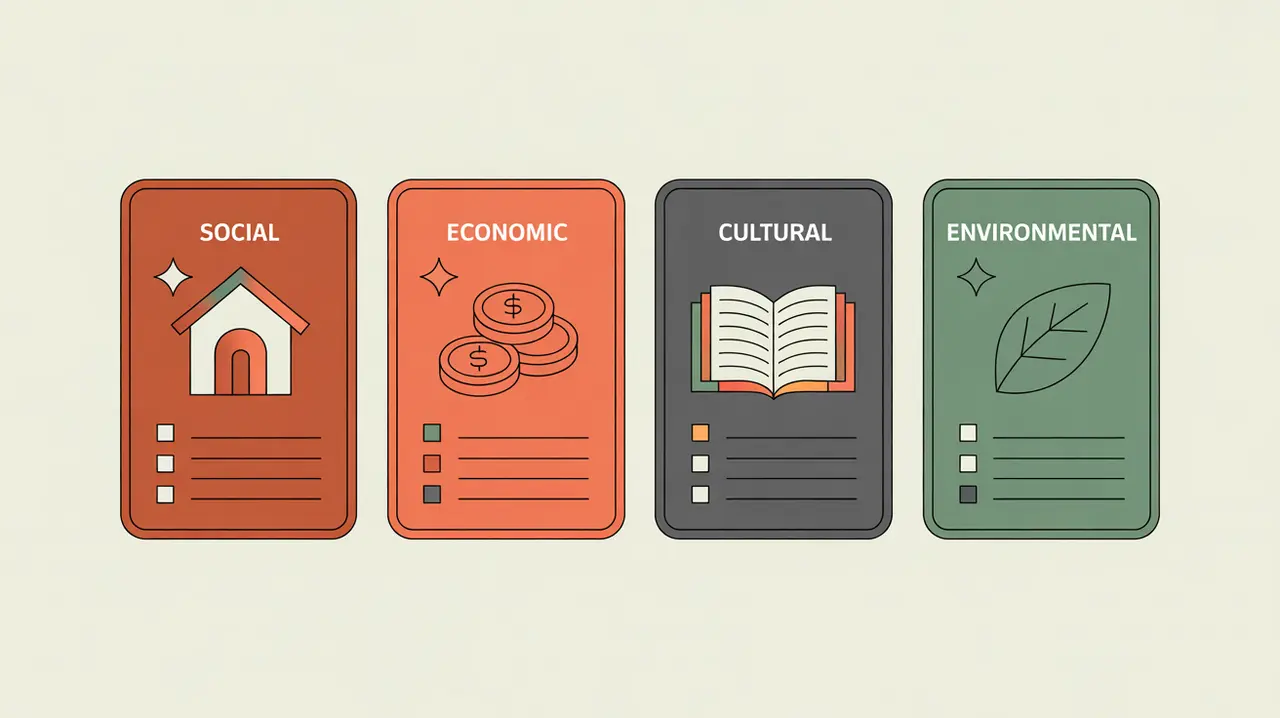Importance of Impact Evaluation
Impact evaluation examines the long-term, sustained effects of a program or intervention. It matters because development and social innovation often aim to create lasting improvements in systems, behaviors, and well-being, not just immediate results. By assessing whether observed changes can be attributed to an intervention, impact evaluation provides the strongest evidence of effectiveness and informs decisions about scaling, replication, or policy adoption.
Definition and Features
Impact evaluation is the systematic assessment of the broader, long-term changes produced by a program, including intended and unintended effects. Its defining features include:
- Causal Attribution – uses experimental or quasi-experimental designs to determine whether outcomes are due to the intervention.
- Long-Term Perspective – focuses on sustained changes beyond immediate results.
- Rigorous Methodology – employs tools such as randomized controlled trials (RCTs), difference-in-differences, or propensity score matching.
- Comprehensive Scope – considers social, economic, environmental, and institutional impacts.
- Learning and Accountability – strengthens evidence for funders, policymakers, and practitioners.
How this Works in Practice
In practice, impact evaluation might measure whether a cash transfer program reduces poverty and improves school attendance over several years, or whether a climate resilience initiative improves community health and income in the long term. It could involve comparing treatment and control groups, using baseline and follow-up data, or triangulating multiple data sources. Challenges include high cost, methodological complexity, ethical considerations around control groups, and the difficulty of isolating effects in dynamic systems.
Implications for Social Innovation
Impact evaluation advances social innovation by clarifying which interventions truly change lives and systems over time. For practitioners, it provides robust evidence to refine or expand programs. For funders and policymakers, it offers confidence that resources are achieving transformative results and informs decisions about where to scale investment. Impact evaluation can benchmark the difference between temporary outcomes and enduring change that reshapes the conditions of scarcity and possibility.







